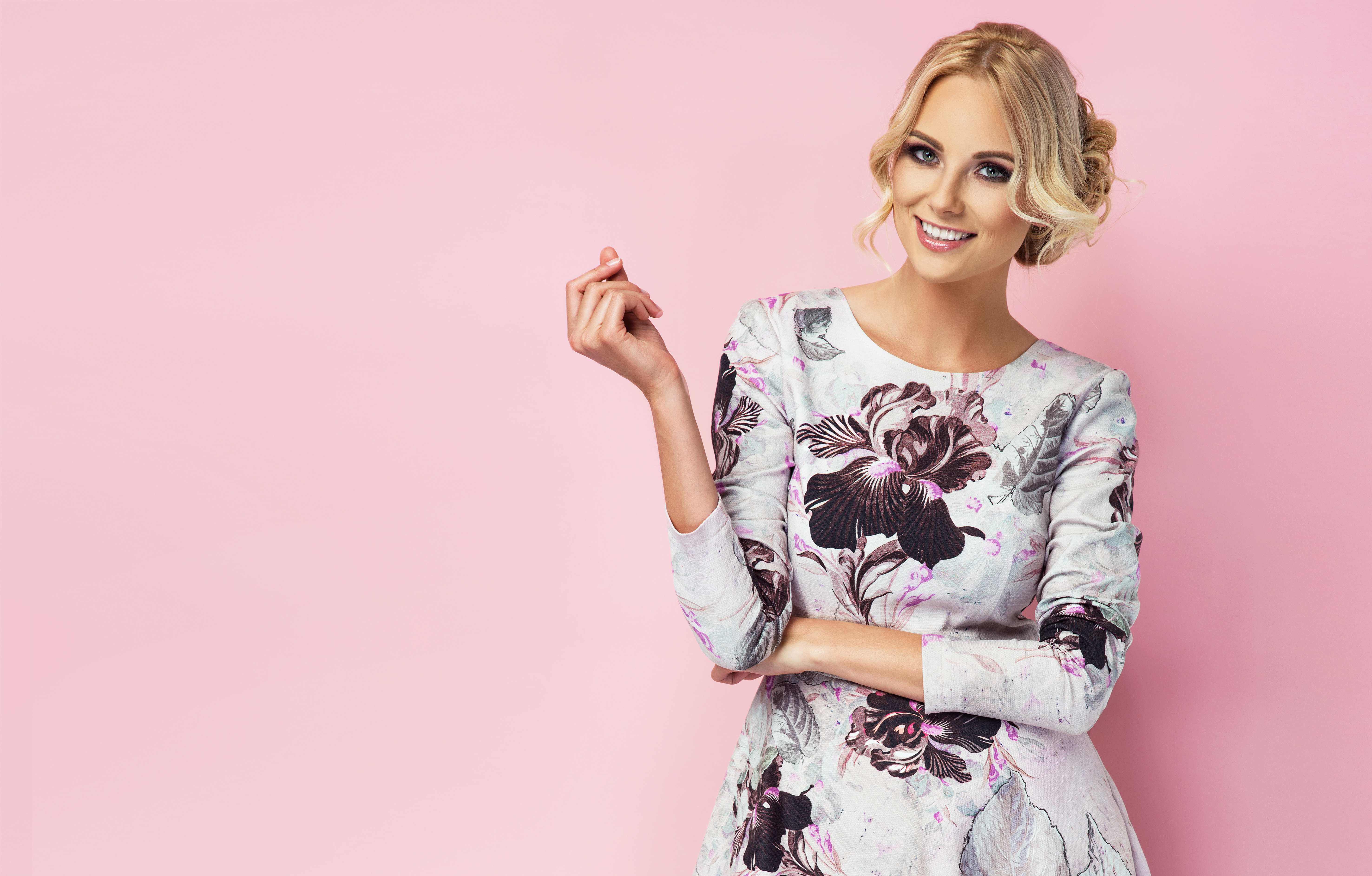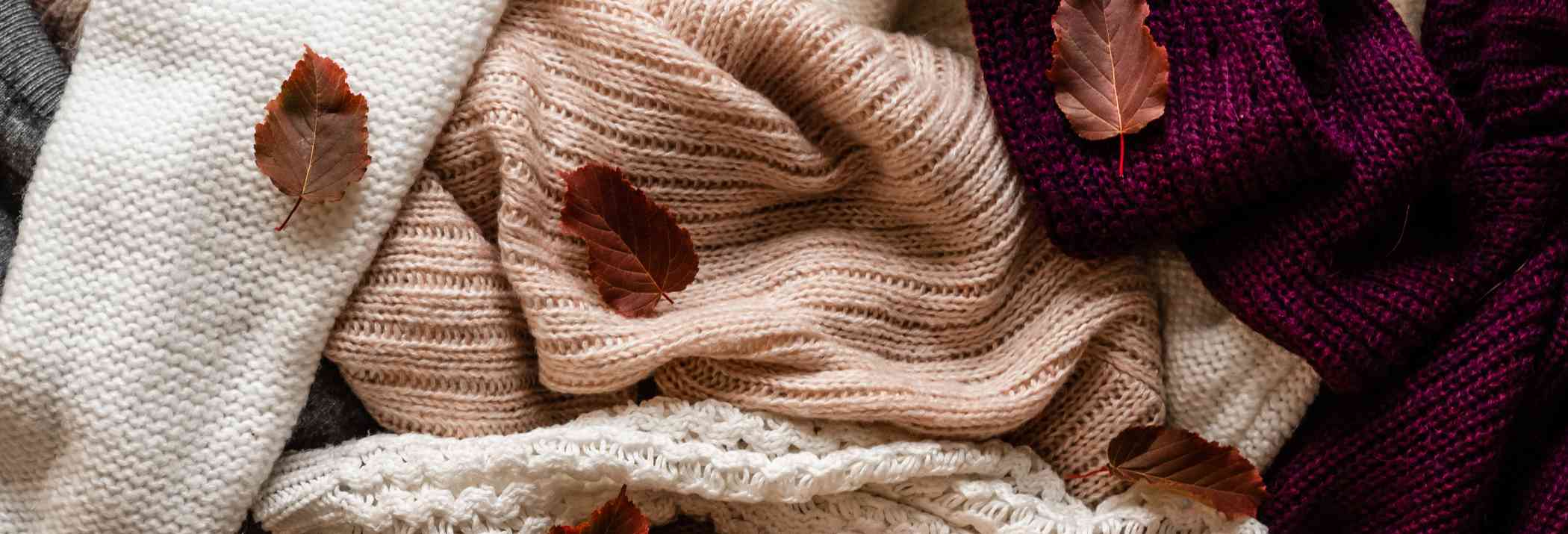How to Use Clo 3D to Speed Up Your Designing Process?

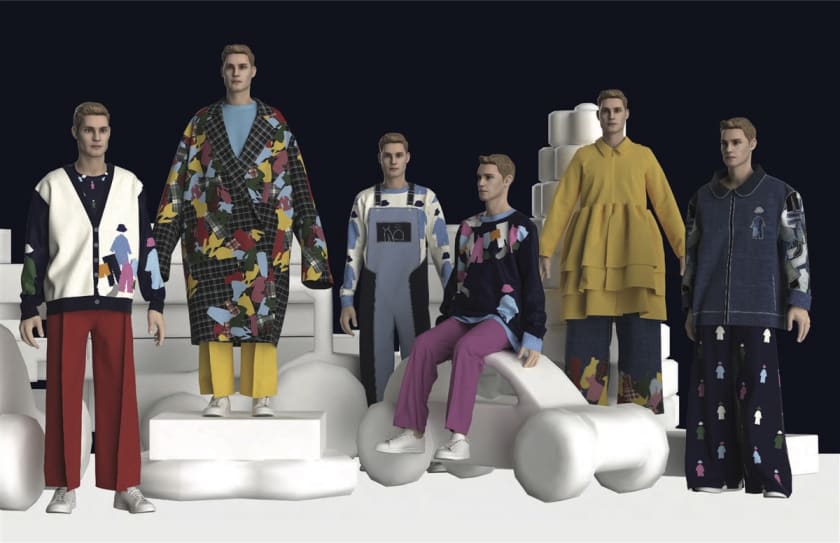

Clo 3D enables users to design true to life images for clothing. This virtual garment visualiser simulates fashion and apparel on software wherein you can design, optimise and perform real-time interactivity on the interface. Clo 3D has revolutionised the fashion industry by offering unlimited designs and options to make the perfect outfit.
The whole idea behind the clo 3D process is making the actual costume. Clo 3D utilises multiple 2D patterns and images to sew patterns together. The framework provided by clo 3D to design clothes consists of an unlimited variety of fabrics, accessories, sewing patterns and designs that can be put on and off to achieve the perfect design.
Clo 3D is an intuitive designing process with efficient modelling designs available on the interface. These designs can be simulated on real-time models of different sizes and shapes. You can opt for a variety of weaves knitted fabric options such as denim or leather. The traditional methods of costume designing and fittings demanded tedious efforts and wastage of fabric, but with the clo 3D you can pre-fit the design and estimate the fabric requirement, mix and match your colour combinations for best suitability.
You can create multiple colour detailings, modify designs, and change the fit only at the expense of a click. This allows fashion designers to make more drafts, experiment more and exchange design proposals more easily.
Uses of Clo 3 D:
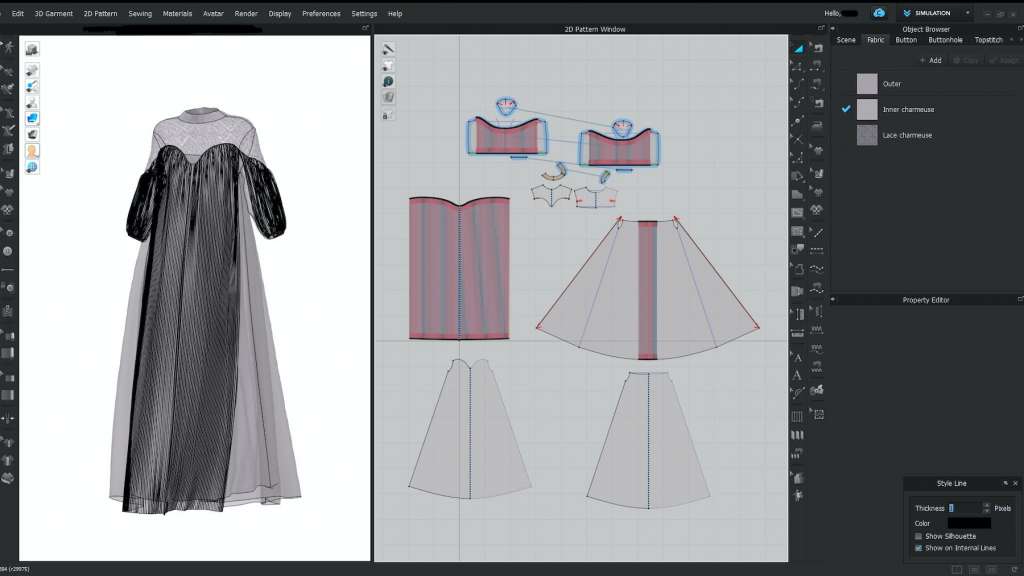
- Limitless designs: Clo offers unlimited designs to create styles and looks. Design a simple skirt pattern or an intricate pattern made of multiple complicated pieces. Also, the interface is not limited to garment designing; you can create designs of hats, bags, pants and wallets. Play with colours, sizes, shapes and weaves; there is no limit when it comes to designing.
- Real-time activity: Clo 3D works with real-time interactivity. Whatever designs and colours you select are stimulated immediately. Designing can be improved instantly by selecting the right colour and silhouette for your design. Change textures finishing details till you finalise the desired design.
- Usability: Visualising your designs was never easy, but with clo 3D, you can amend designs in just a few clicks. Users do not require any special set of skills to operate; the interface is simple and repeated practice can help master.
- Improve as you work: Clo 3D reduces the preparation per design and quickly adds new sketches. Your designs evolve to generate new avatars as you keep working on clo 3D. This interface is fun to operate and brings a creative pool in your head.
- Material choice: Clo 3D automatically chooses drape fabrics for the perfect design. For example, choosing flowy, lightweight fabrics for skirts or sarees, using linen for trousers and so on. Finishing techniques are also chosen intuitively for seams and thread colours.
- Efficient process: With endless possibilities for designing and creating virtual images of the designs before launching cuts off so many physical processes such as sampling of fabric, colour matching, thread work, embroideries, etc. Fashion designers can eliminate all the extra work before letting the design go for regular production.
—------------------------------------------------------------------------------
Steps to use Clo 3D for designing:
Default assets, linking folders, customisation and access to all these steps and processes and usage with clo 3D may sound complicated, but once used every day, it will speed up the whole designing process.
- The clo workspace has wide access and on the left-hand side is the library; it contains all the default assets that come from the programs like avatars garments hardware.
- You can pull folders from your computers into the clo library quickly and easily. click the plus sign on the top right of the library and navigate; simply select. It will be added to the list of folders in my library.
- When you first download the software or update the Clo database assets library for new designs. To open a folder, double click on the folder option. As contents show up, double click to access the subfolders, and the two dots beside the folder option will take you back.
- So depending upon the type of folders you have, such as the avatar design for a female or male, or the fabrics or designs, it will show up. You only need to drag fabrics and prints and they fit automatically. You can also make folders of your designs and keep them handy to work with.
- Mouse over the edges of the library for an expanded or minimal view of the workspace. A refresh button updates all the content in your folder to match with the search on your computer. A drop-down arrow allows you to sort your folders in order of preference or category in ascending or descending order. On the right-hand corner is the reset button; this will edit the library before you add any folders to it.
- To the left is where you find your avatar, and all the 3D designs will be at the top, in the toolbar. In the centre are the 2D patterns. You also can undock two windows to rearrange the side of preference for garments and virtual avatars. Undock the set of tools you were using and re-arrange them as you like.
- At the extreme top right, you get tools for working on individual aspects, such as the hem, collar, buttons etc. The top stitch, puckering can be chosen from these tools. For example, if you click on the collar tool, a browser opens its properties, and the property editor will be helpful if you have worked on intricate details of the designs themselves.
- So once you have worked on all the aspects of designing, from the far left button, you can access the history of all that you did on your garment. Since if you have gone too far with your design, this will help to check back if anything needs to be changed. Not sure if you wish to fall back to your previous design, click on the 3D state button to save the design before you change your mind and make it easy to return.
- You can also name and rename your designs for convenience and saving. Also in the left sidebar is the configurator modulator that allows you to mix and match different parts of a block to work from. In the configurator modulator, you will see squares on the 2 D images, right-click and edit your images to fit on the virtual mannequin.
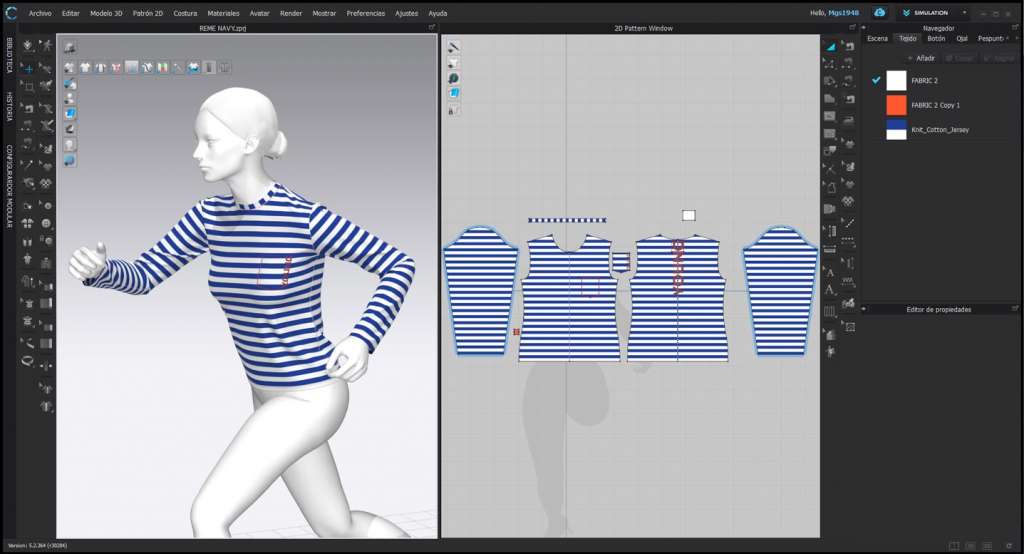
Conclusion:
Since the inception of clo 3D, fashion brands and designers have seen endless potential benefits in the world of designing. As it is a virtual world, databases are already ready, and new templates can be formed while working on the software simultaneously.
There is so much less wastage and minimal paperwork which ultimately results in lesser efforts. With the addition of 3-dimensional work parameters, it has become so much more cost-effective, and these designs can be used directly by pattern makers, and they can communicate over the same database instantly.
It also enables designers to share their work for any flaws or recommendations by other designers. Clo 3D gives a 360-degree view of the sketches, and one can make virtual prototypes even before launching the actual designs.
These tools can deliver more than required with well-trained professionals and offer a much bigger perspective towards designing to fashion designers.















